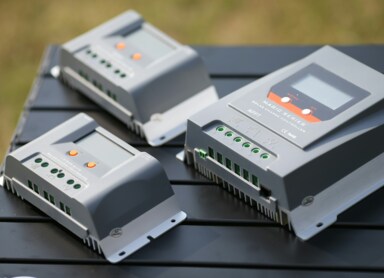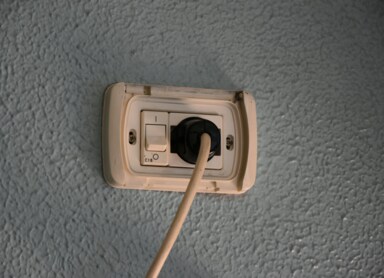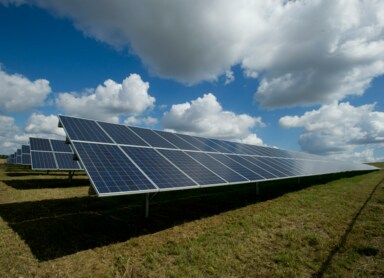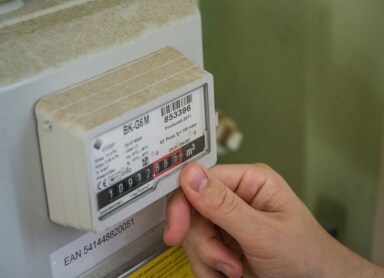Energy Storage – What Subsidies Are Available and Who Can Benefit?
Energy storage systems are especially important when generating energy from renewable sources. These devices are used to store previously produced energy, which can later be used when it is needed most. Energy storage is crucial for maintaining the stability of electricity supply and can be applied in households, housing communities, businesses, and many other settings. Various types of subsidies and financial support are available for the construction of energy storage systems.
Energy storage – what you should know
Energy storage systems have many practical applications. They allow stored energy to be used later, increasing self-consumption of energy generated from renewable sources. They can also serve as backup power in case of outages, supplying essential devices during emergencies. Additionally, energy storage helps optimize energy costs—charging when electricity is cheaper and using it when prices are higher, for example during peak hours. On a larger scale, such as industrial or grid-level installations, energy storage stabilizes the entire electricity system, maintaining proper voltage and preventing network overloads.
Subsidies for energy storage – what are they?
Financial support for building energy storage systems is usually offered by public institutions as part of EU, national, or local programs supporting renewable energy development. This support can take various forms, such as grants, low-interest loans, tax relief, or investment incentives.
These subsidies reduce the initial costs of purchasing and installing energy storage, making the infrastructure more accessible and cost-effective. In the long run, this benefits both individual users and the overall energy system by increasing stability. In Poland, subsidies for energy storage are offered through programs such as “Mój Prąd”, and users can also benefit from thermomodernization tax relief.
Energy storage – recommended capacity
Individual consumers can receive funding if the storage system meets a minimum capacity of 2 kWh. For households, a 10 kWh storage unit is generally sufficient to power various home devices for a certain period.
It’s important to note that not all stored energy is usable, as battery systems typically do not allow full discharge to protect the cells. Usually, around 90% of nominal capacity is usable. Even so, a 10 kWh storage system is popular for households, significantly increasing self-consumption of renewable energy, optimizing costs by charging during low-price periods and using energy when prices are high, and providing emergency power during outages.
How to obtain subsidies for energy storage
Individuals can apply for subsidies for purchasing and installing energy storage through government programs such as “Mój Prąd”. The sixth edition of this program, running from 2024 to 2027, accepts applications until August 29, 2025, or until funds run out. Grants are available to individuals who have incurred expenses for purchasing and installing a photovoltaic micro-installation and additional devices, such as an energy storage system. Subsidies can cover costs from January 1, 2021, to the date of application. The program is managed by the National Fund for Environmental Protection and Water Management.
Who can apply for energy storage subsidies?
Eligibility depends on the program and the applicant’s status. Homeowners with photovoltaic installations can currently apply under “Mój Prąd”. Other groups, such as farmers, businesses, energy cooperatives, or local government units, can apply through other programs. The level of support varies based on the type of investment, legal status of the applicant, and project location. Applicants must check current calls and detailed eligibility criteria before applying.
What Is thermomodernization tax relief?
Thermomodernization relief allows homeowners to deduct up to 53,000 PLN for investments related to energy efficiency improvements in a building. It can be claimed in the annual tax return, or spread over up to six years if annual income is too low. Eligible expenses include PV installations, energy storage systems, window and door replacements, and heating system modernization, with all costs documented by VAT invoices.
Can subsidies be granted only for energy storage?
Under programs like “Mój Prąd”, individuals can receive up to 50% funding (maximum 16,000 PLN) for purchasing and installing energy storage. The prerequisite is owning a PV system, which can also be subsidized.
Why install an energy storage system?
Energy storage increases energy independence and improves efficiency in using photovoltaic energy. It stores excess energy produced during sunny days for use when production is low or zero, such as evenings or nights. This helps households reduce electricity costs, provides backup power during outages, and enhances energy self-sufficiency—especially important during rising energy prices and grid instability. A modern renewable energy installation combined with an energy storage system creates a flexible, predictable, and safe energy environment.






